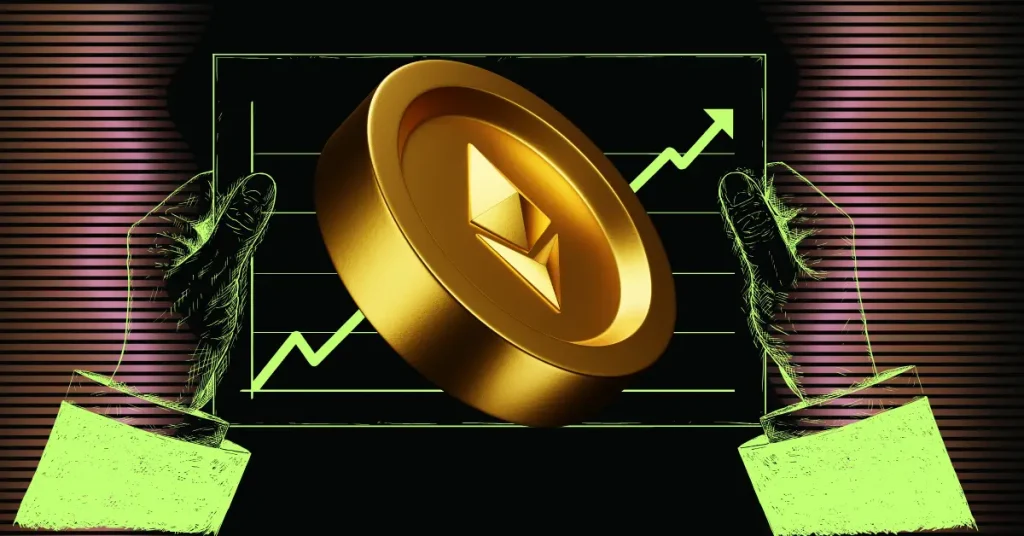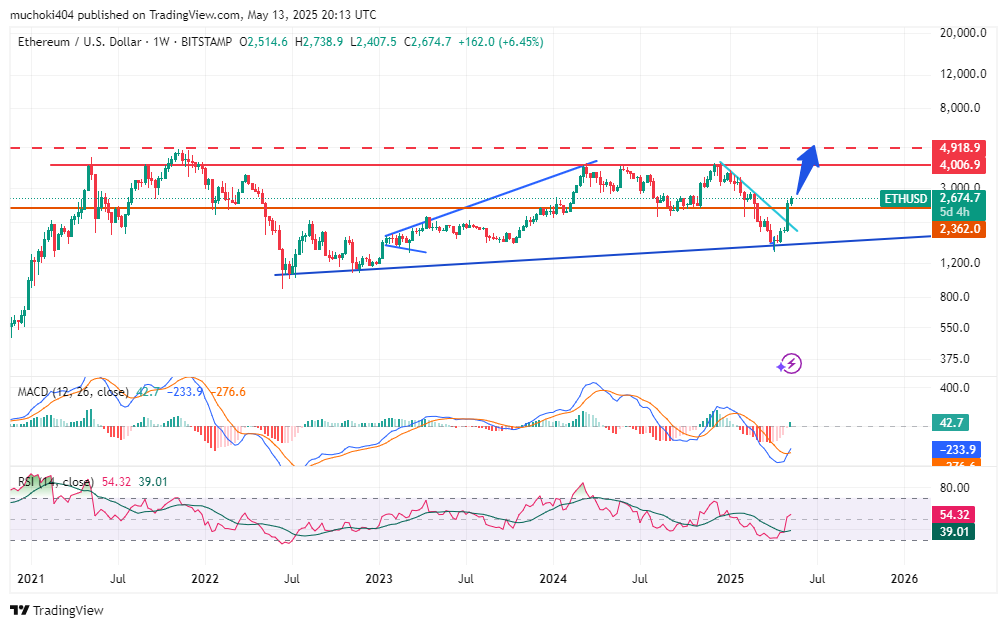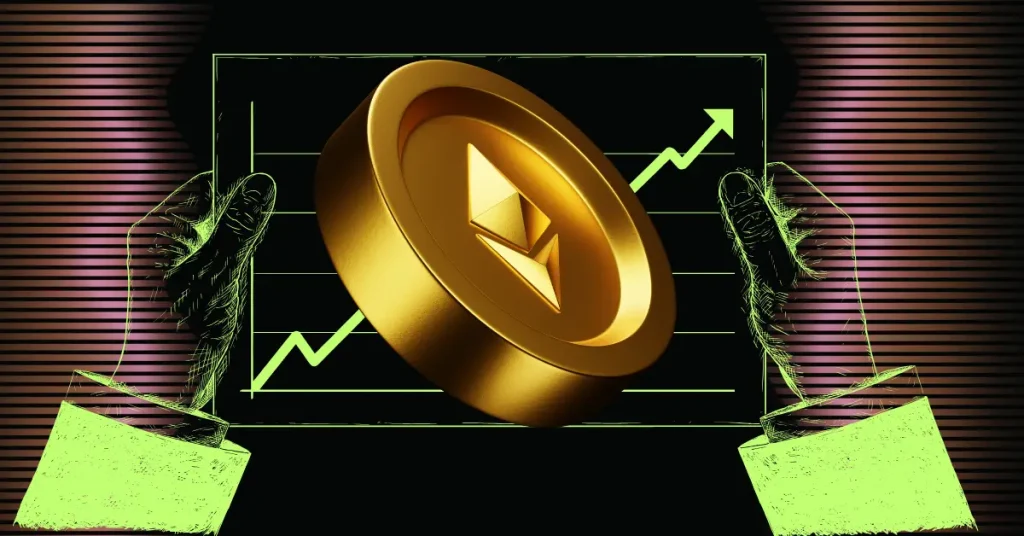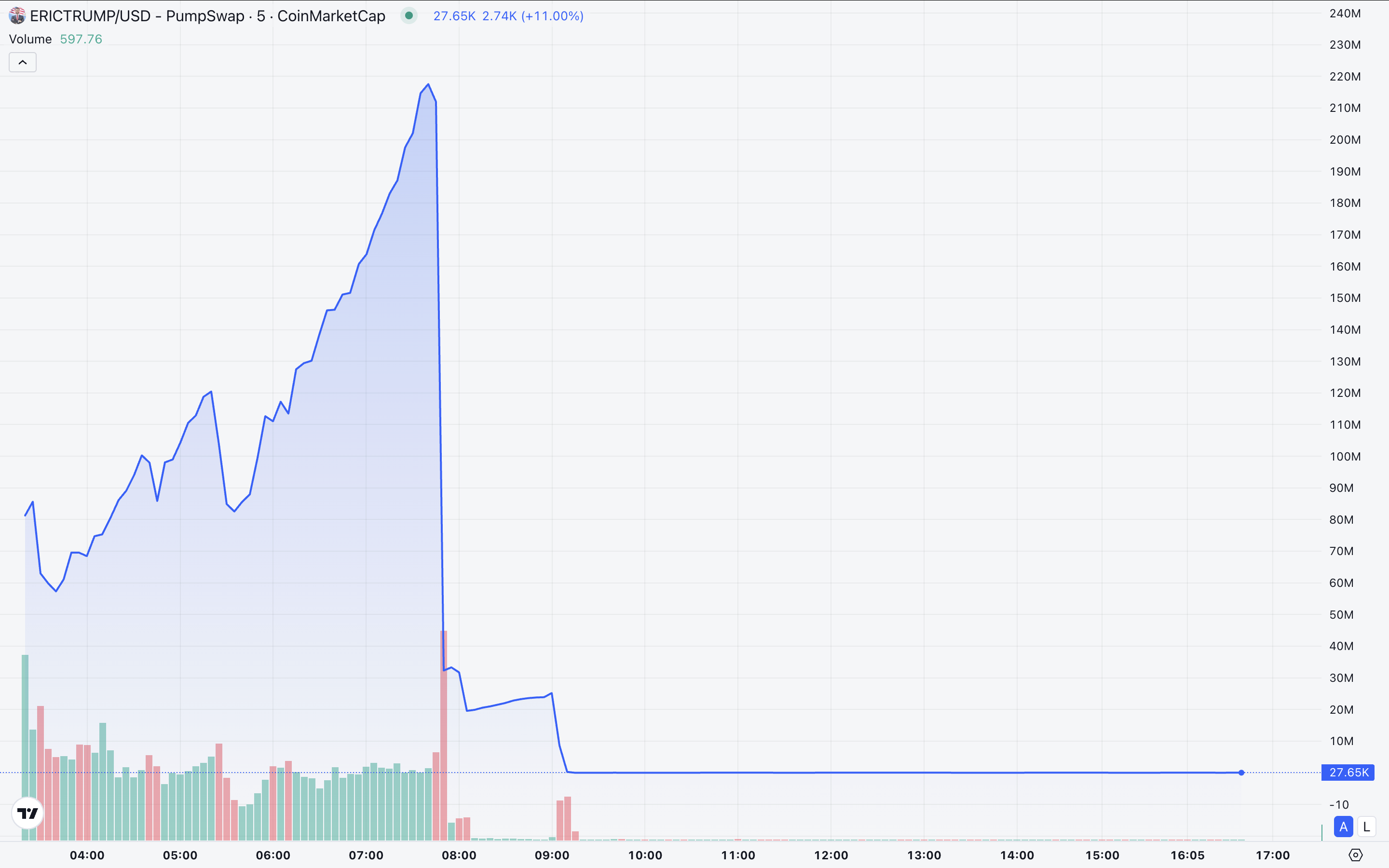
The post Top Reasons Ethereum (ETH) Price Gained Today appeared first on Coinpedia Fintech News
- The Ethereum ecosystem has been buzzing with remarkable developments in the recent past amid rising altseason reckoning.
- Ether price is well positioned to rally towards its ATH in the coming weeks.
Ethereum (ETH) price rallied over 8 percent in the past 24 hours to reach a daily and local high of about $2,702. The large-cap altcoin, with a fully diluted valuation of about $322 billion and a 24-hour average traded volume of around $31 billion, established a bullish sentiment following last week’s 40 percent uproar.
Major Forces Behind Ethereum Price Pump Today
Bullish Catalyst from Pectra Upgrade
The recent mainnet launch of the Pectra upgrade has helped the Ethereum network become more competitive to other layer one (L1) chains, led by Solana (SOL). Moreover, the Pectra upgrade enhanced Ethereum scalability and efficiency, which is a key consideration by most institutional investors seeking to build and invest in the web3 space.
Lower U.S. Inflation Amid Geo-economic Slowdown
Earlier on Tuesday, the U.S. Bureau of Labor Statistics announced the country’s inflation dropped by 2.3 percent YoY in April. Amid the ongoing global trade negotiations led by the United States, the cryptocurrency market, led by Bitcoin, has emerged as an alternative investment to more institutional investors.
Organic Spot Market Demand from Institutional Investors
As the altcoins gradually gain ground over Bitcoin dominance, the overall demand for Ether by institutional investors has significantly surged. Notably, Ethereum’s Futures Open Interest (OI) surged by over 12 percent in the last 24 hours to hover about $32 billion on Tuesday, during the late North American trading session.
Short Squeeze Impact
Following the sudden Ethereum rebound in the past few days, a significant surge in short liquidation was recorded. In the past 24 hours, Ether’s leveraged market recorded more than $145 million in forced liquidations, with over $107 million involving short liquidations.
As a result, the odds of a short squeeze have significantly surged in the past few days.
What Next for Ether
As Bitcoin price attempts to rally beyond $105k, the wider altcoin market has experienced a significant surge in bullish sentiment. Moreover, the Ethereum fear and greed index surged to over 75 percent on Tuesday, signaling more bullish investors.

From a technical analysis standpoint, Ether’s price is well-positioned to retest its all-time high in the near future. In the weekly timeframe, the MACD line has crossed the signal line for the first time YTD. Most importantly, Ether price has regained the macro support level above $2,360 after a notable correction in the first quarter.







